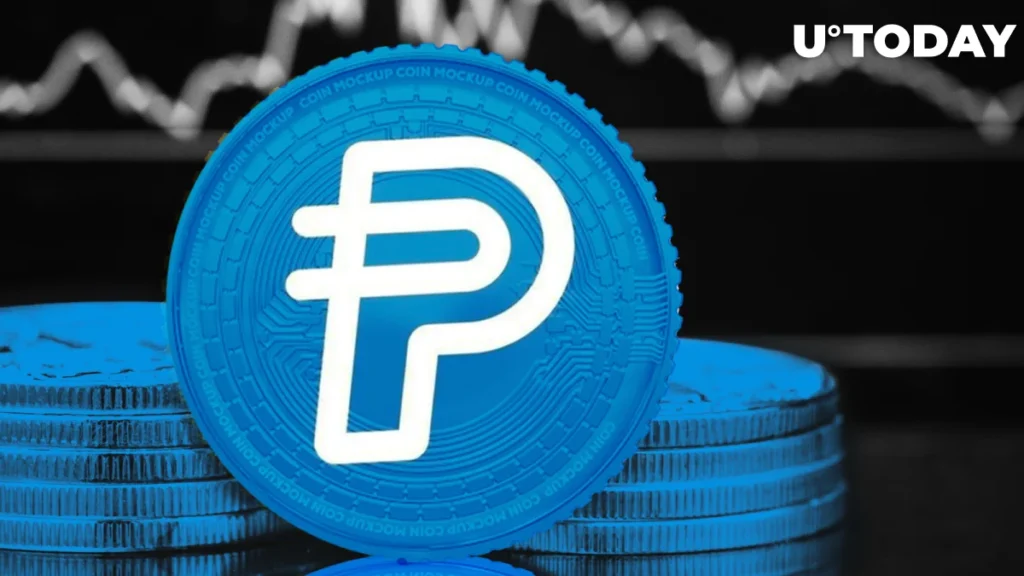
pyUSD
PayPal, one of the biggest giants in the TradFi space, has finally entered one of the most lucrative business models in the crypto space – Stablecoins. Recently, PayPal has launched pyUSD, which is a US dollar-pegged redeemable stablecoin that is fully backed by US dollar deposits, short-term US Treasuries and similar cash equivalents. The pyUSD stablecoin is issued by Paxos and will exist on the Ethereum (ETH) blockchain.
As with most things in crypto, the news of the launch received mixed reactions. Some people consider the move by PayPal to be extremely bullish for crypto, while others believe the launch is nothing more than a quick cash grab aimed at distracting shareholders from the company’s poor stock performance over the last 2 years.
Criticisms of pyUSD
One of the main criticisms of pyUSD came from crypto sleuths, who discovered that the pyUSD stablecoin’s smart contract is using an old version of Solidity from 2018. The outdated version of Solidity potentially exposing pyUSD to vulnerabilities that have already been fixed in newer versions of Solidity.
Crypto sleuths also pointed out that the smart contract came with functions that allow the owner to pause all transfers, freeze addresses, and increase the total supply at will. These features make the pyUSD product no different from centralised entities such as banks dealing with fiat money. These features are not something new to the stablecoin space. Most stablecoins issued by centralised entities like USDT, USDC and BUSD have very similar features. Both Tether and Circle have already demonstrated their willingness to freeze their users’ USDT or USDC holdings over certain situations that happened in the recent past. However, both USDT and USDC still remain the most widely used stablecoins globally, and they are also the two largest stablecoins by market cap.
The old code in the pyUSD smart contract, most of it was copied from an older smart contract used by Paxos for its other stablecoin projects, including BUSD, USDP and PAXG. This copied smart contract does have some Lindy effect on pyUSD though, whereby pyUSD is operating on some time tested old smart contracts that are proven to be working.

Business of pyUSD
Paypal is launching a stablecoin now because the most profitable crypto businesses in this crypto bear market could be stablecoins. Currently Tether could be the most profitable crypto business, and the key product of Tether is just USDT. CTO Paolo Ardoino reported that the company made over USD 1 billion in profits in Q2, 2023. A bulk of those profits came from the interest generated by the T-bills that Tether holds as part of the reserves backing its USDT stablecoin.
A simple high margin, low risk strategy to generate yields, at least while interest rates remain high. Combining this with the additional benefits of lower transaction costs in facilitating cross border payments via stablecoins, PayPal can potentially eliminate some of its biggest criticisms, the high fees and long transaction times.

What the future holds for pyUSD
With the prevalence of existing stablecoins, we question why anyone would choose pyUSD over USDT or USDC. According to 6th Man Ventures Partner Carl Vogel, who claims to have previously worked on the pyUSD project, claims that pyUSD is a bankruptcy remote stablecoin, unlike USDT and USDC. This means that even if anything were to happen to Paxos or PayPal, all stablecoin reserves would be untouchable by creditors. Furthermore, PayPal is a huge financial institution, with a network of merchants and partners around the world. In terms of cross border payments, this makes PayPal one of the few platforms that can begin to solve global payments at scale.
While there is potential for pyUSD, adoption is ultimately a matter of execution on multiple fronts. It will be interesting to see how the future holds for pyUSD and PayPal.
Note
Most of the information in this article came from Coin Bureau. Do check them out and subscribe if you like their channel.



